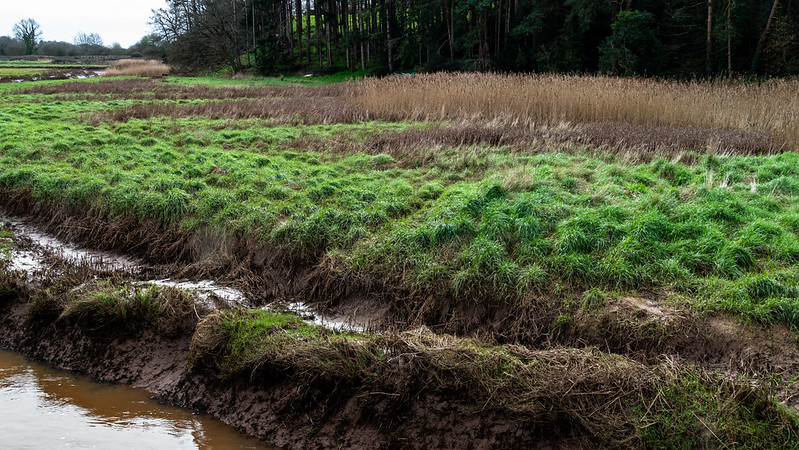More mammal tracks left in soft mud. The dead-end lane which runs past the RSPB Bowling Green Marsh Topsham Reserve is popular with dog walkers. After wet weather there’s often dog tracks left in the roadside mud. But there’s sometimes also traces of other, smaller mammals. Here, what I think was a squirrel.
The top picture closes in on the squirrel’s marks. The one below shows them alongside the much larger prints of dog paws.















